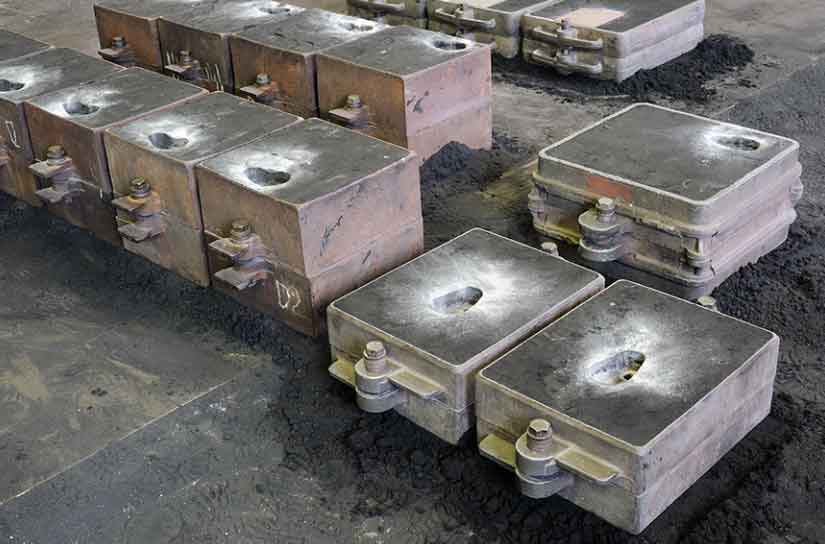
Resin sand casting is indeed a cost-effective solution for small to medium-scale production due to several factors:
1. Tooling Costs:
Compared to other casting methods such as die casting or investment casting, resin sand casting involves lower tooling costs. The pattern used in resin sand casting can be made from less expensive materials like wood or plastic, reducing the initial investment in tooling. This makes resin sand casting an attractive option for small to medium-scale production runs where high tooling costs may be prohibitive.
2. Material Efficiency:
Resin sand casting is a near-net shape process, meaning the castings produced require minimal machining or post-casting operations. This reduces material waste and the associated costs of purchasing and machining excess material. The ability to achieve complex shapes and intricate designs with minimal material waste contributes to cost savings in small to medium-scale production.
3. Production Flexibility:
Resin sand casting offers production flexibility, making it suitable for small to medium-scale production runs. The molds used in resin sand casting are reusable, allowing for multiple casting cycles without the need for significant additional tooling or setup costs. This flexibility allows foundries to adapt production quantities to meet specific demand requirements without incurring excessive expenses.
4. Scalability:
Resin sand casting is scalable for small to medium-scale production. The process can be easily adjusted to accommodate varying production volumes, making it cost-effective for both low and moderate production quantities. Foundries can efficiently manage production schedules, adjust mold quantities, and optimize casting cycles to meet customer demand while maintaining cost efficiency.
5. Material Selection:
Resin sand casting supports a wide range of materials, including ferrous and non-ferrous alloys. This versatility allows manufacturers to select materials based on cost considerations without compromising the quality or performance of the castings. By choosing cost-effective materials suitable for the application, small to medium-scale production can be achieved within budgetary constraints.
6. Reduced Lead Times:
Resin sand casting can offer shorter lead times compared to other casting methods. The process typically has faster production cycles and fewer steps involved in creating the molds compared to processes like investment casting. This allows for quicker turnaround times, which is advantageous for small to medium-scale production where timely delivery is critical.
7. Adaptability to Design Changes:
Resin sand casting is well-suited for accommodating design changes and modifications during production. The flexibility of resin sand molds allows for relatively easy adjustments to patterns and mold designs, reducing the cost impact of design revisions. This adaptability is beneficial in small to medium-scale production where design iterations may be more frequent.
By considering factors such as lower tooling costs, material efficiency, production flexibility, scalability, material selection, reduced lead times, and adaptability to design changes, resin sand casting offers a cost-effective solution for small to medium-scale production. Its ability to produce high-quality castings with minimal waste and accommodate varying production volumes makes it an attractive choice for manufacturers seeking cost efficiency in their production processes.
